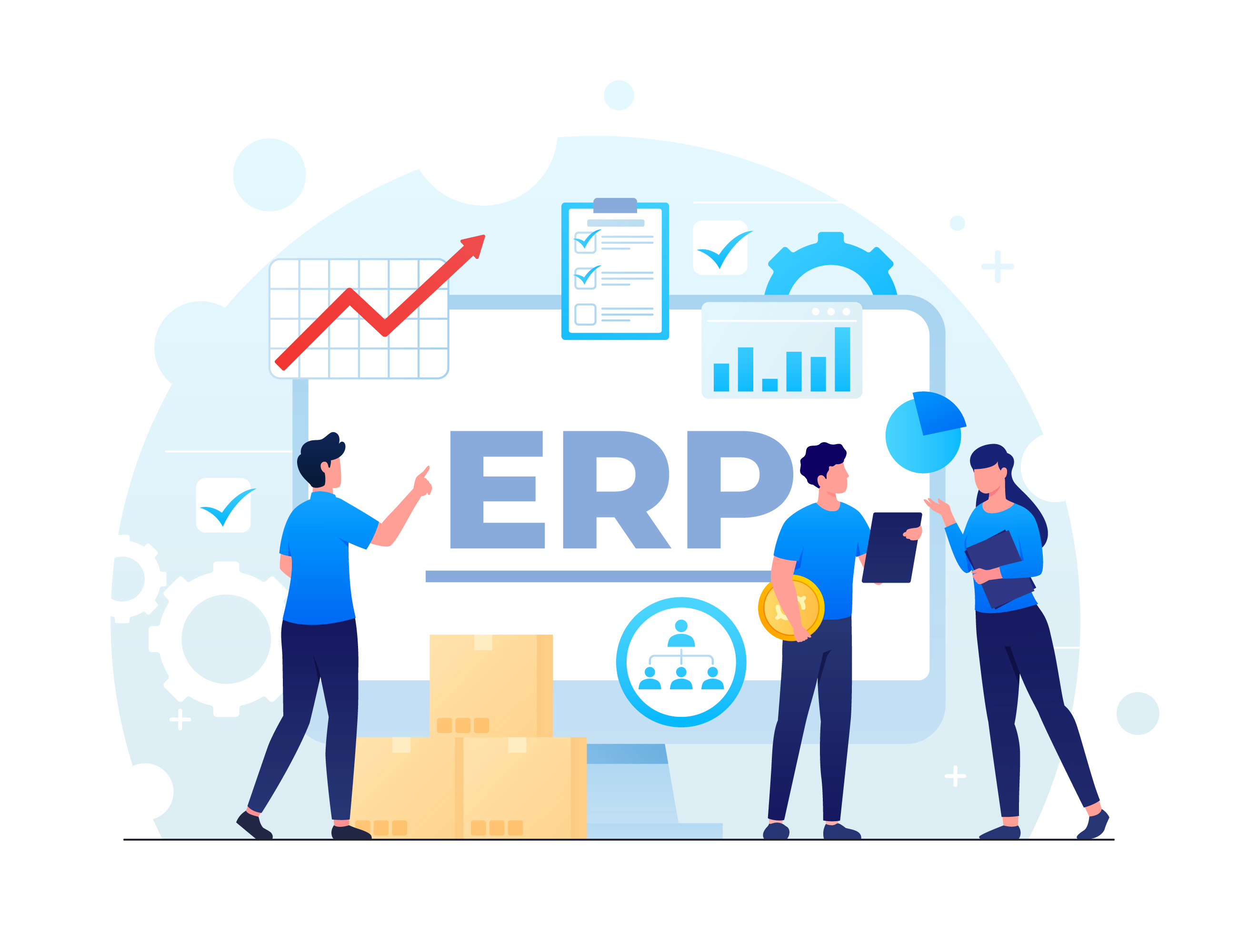Current Situation Analysis
The analysis of a company's current situation before implementing an ERP system is the foundation for a successful ERP integration. This phase helps to assess the company's existing business processes, technological infrastructure, and operations, enabling the identification of the areas where ERP will provide the most benefits. The analysis of the current situation in ERP involves several key steps:
Business Process Evaluation: The company’s current business processes are thoroughly examined, identifying delays, resource waste, or issues in data flow. This analysis shows where ERP can optimize operations and improve efficiency.
Infrastructure Assessment: The existing technology is evaluated to determine if it can support the ERP system. Any necessary upgrades or enhancements for the successful implementation of ERP are identified at this stage.
Data Sharing and Usage: The way data is shared and used between different departments is investigated. Since accurate and efficient data management is a key advantage of ERP, challenges in the current data flow are highlighted.
Resource Utilization: The effectiveness of human resources and equipment is assessed. This analysis indicates where ERP can better manage resources and enhance efficiency.
Risk and Problem Identification: Potential risks and issues are identified during the analysis. Addressing these risks helps prevent challenges during ERP implementation, ensuring the project’s successful completion.
The current situation analysis provides a comprehensive description of the company's current operations. Based on this analysis, ERP solutions are tailored to the company’s specific needs, and optimizations are implemented to enhance efficiency. This ensures the maximum utilization of ERP and more effective process management.




